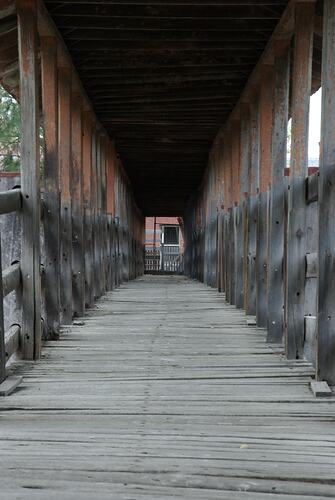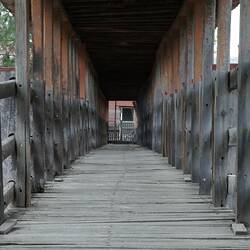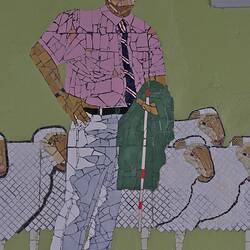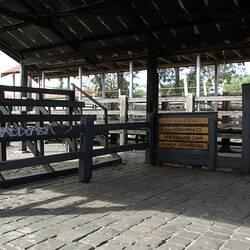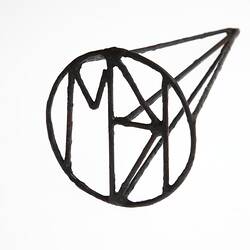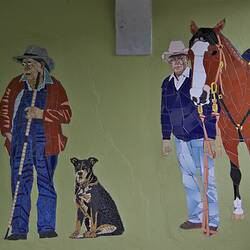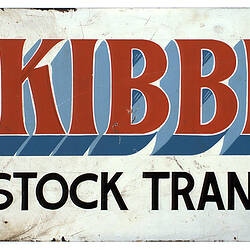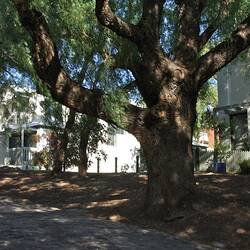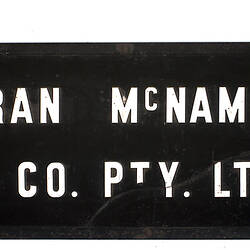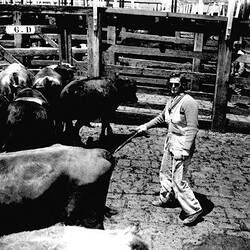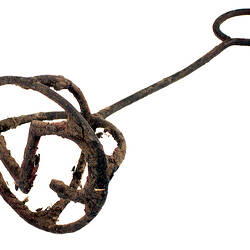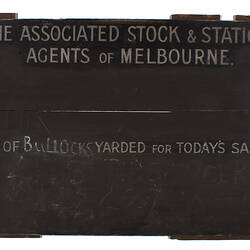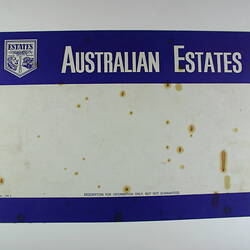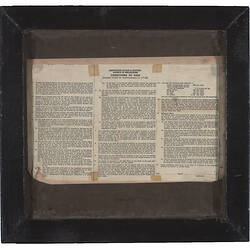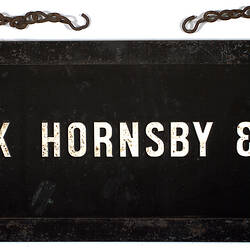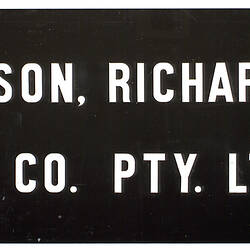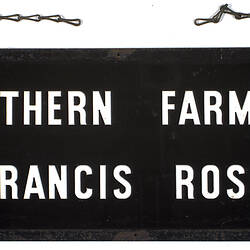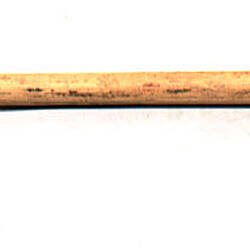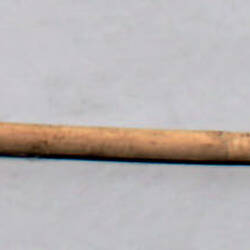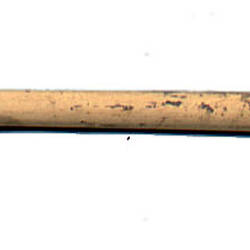In the late hours of the night, stock that had been in rail sidings at Newmarket were emptied by drovers and herded along the Stock Route to the Saleyards. At day break, drafters sorted the animals ready for the start of sales and stock agents viewed client's stock.
The Newmarket Sales commenced with the ringing of the bell at 8am. Before any livestock auction, the clerk or auctioneer read the specified Conditions of Sale. As soon as the conditions of sale (commonly known as 'prayers') were completed, they were signed off and the auctioneer started the bidding. Auction licences were only awarded to individual auctioneers, not held by stock agencies. Auctioneers with large firms were often specialists in particular livestock classes; for example, one might specialise in cattle, another in fat sheep. In general, however, auctioneers were required to be 'all-rounders'. The auctioneer would stand or sit atop the stock pen fence, either striding along the walkway or perched one leg over fence, calling for bids from buyers. Newmarket Saleyards consisted almost completely of a workforce of men. The auctioneering industry was no different and remained the sole preserve of males.
A strict time limit was imposed on the auctions and if an auctioneer took too long to sell his allotted pens he would be 'rung off', that is, prevented from completing the sale. At peak times, auctioneers could race through bids at the rate of 45 seconds a pen! Although the auctioneer was the 'front man', the sale process relied on a team - stock clerks recorded and booked sales; an independent recorder kept the time and resolved any price dispute that arose during the auction; a bid spotter stood on the walkway above the pens to identify bids from the crowd. Some auctioneers wore suits and hats, while some wore oilskin jackets. Some carried yardman's sticks but auctioneers were all well known for their particular idiosyncrasies.
References:
Vincent, K. 1992, On the fall of the hammer: a personal history of Newmarket saleyards, Lee White ed, State Library of Victoria, Melbourne.
More Information
-
Keywords
agricultural industry, country life, Cultures and histories : Melbourne and Victoria
-
Authors
-
Article types
